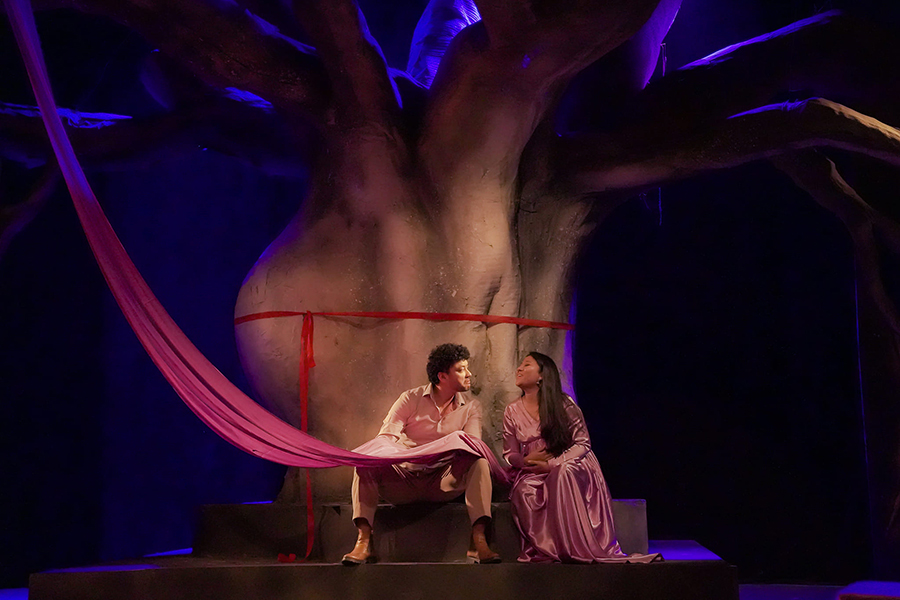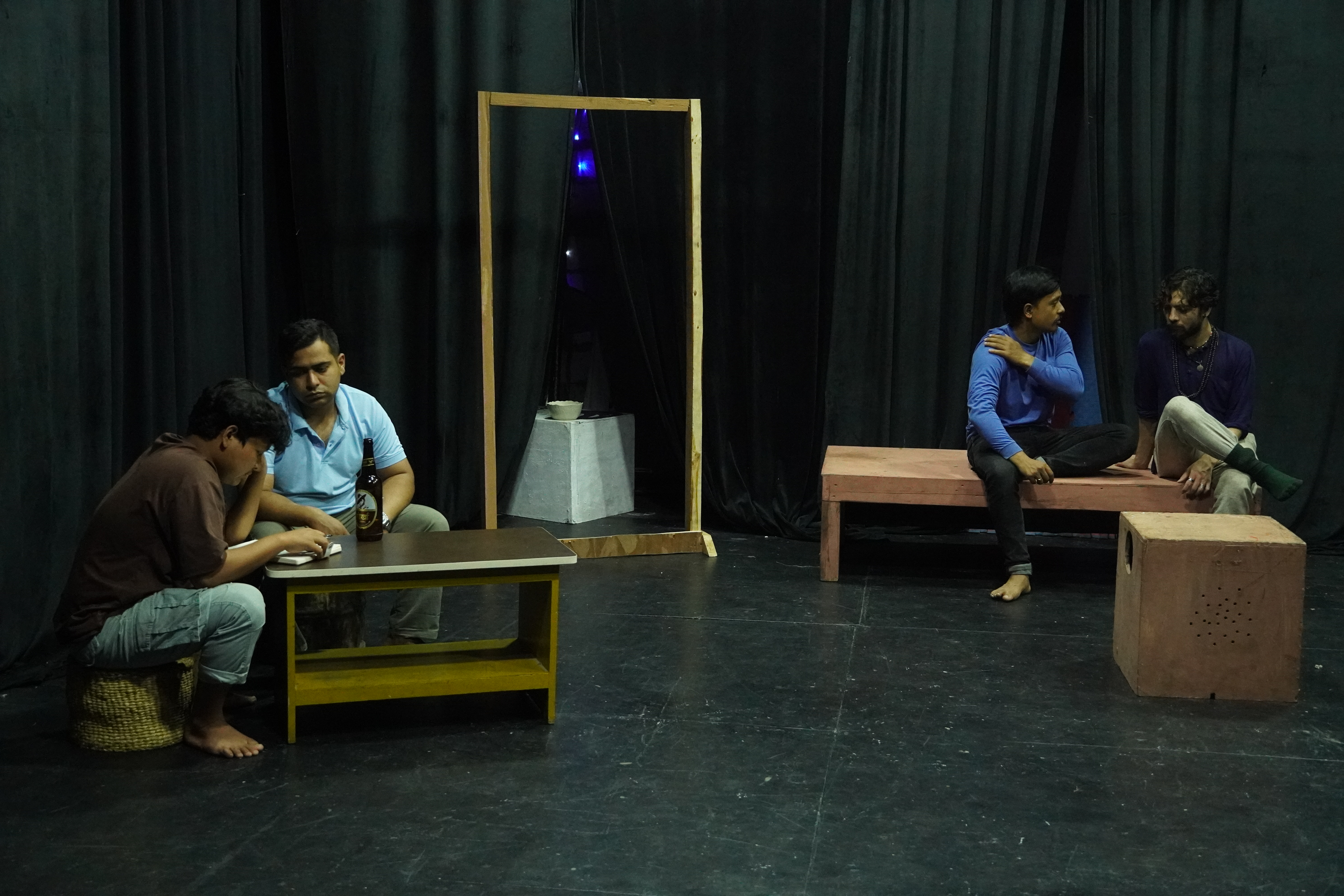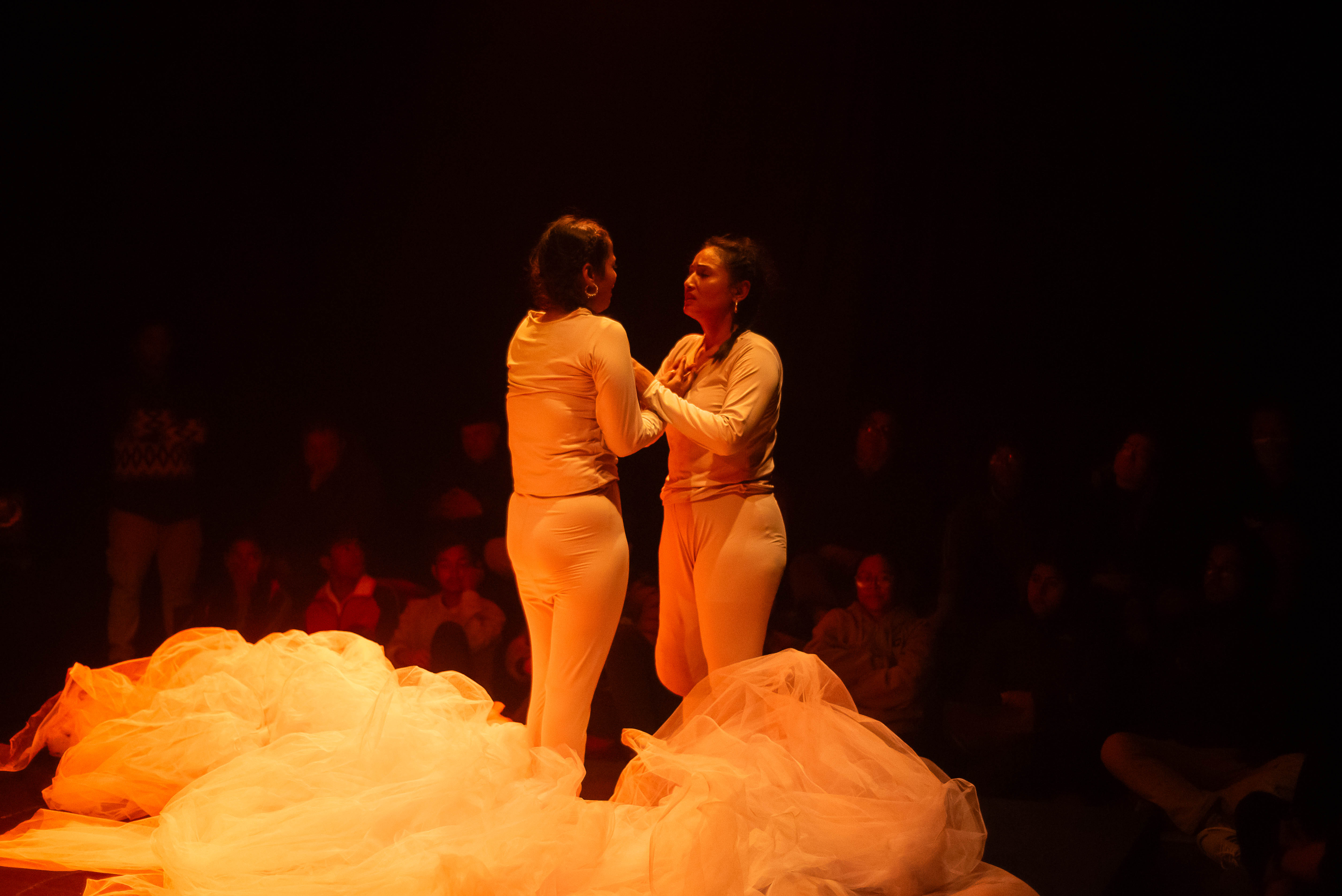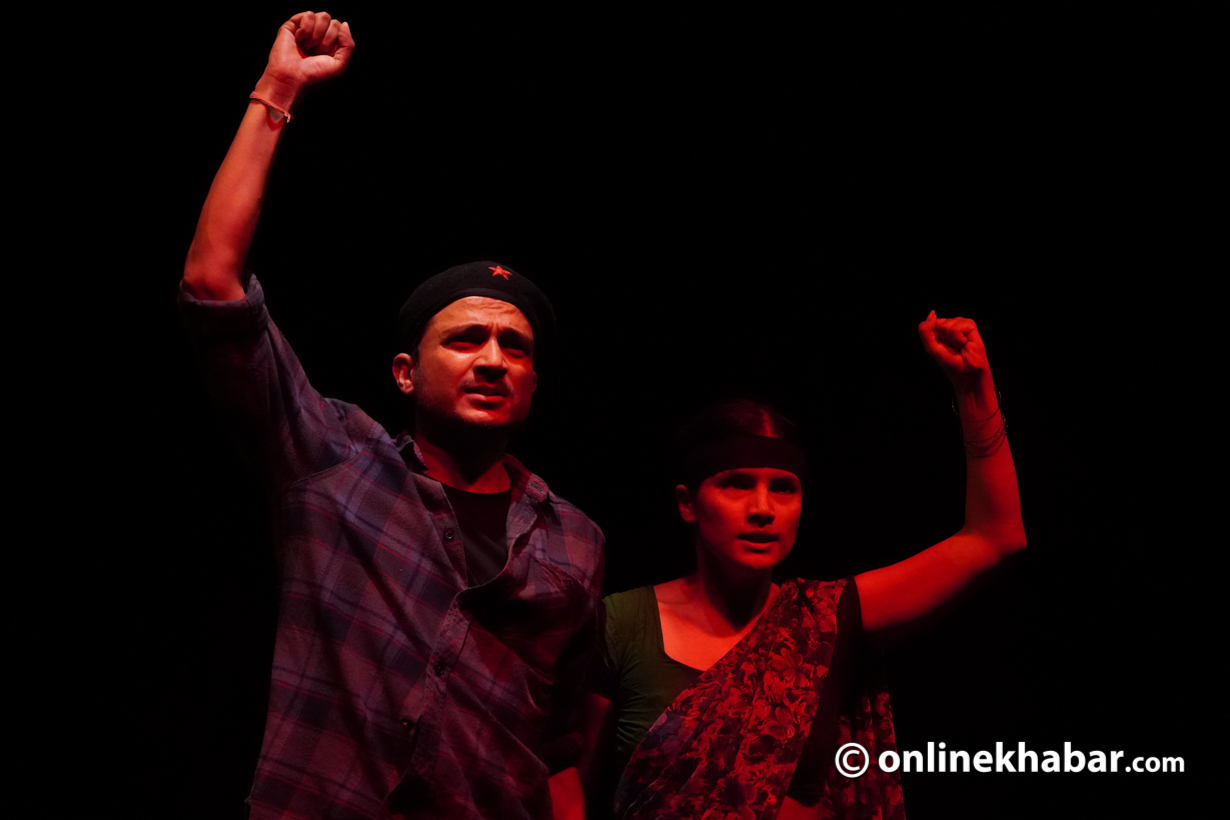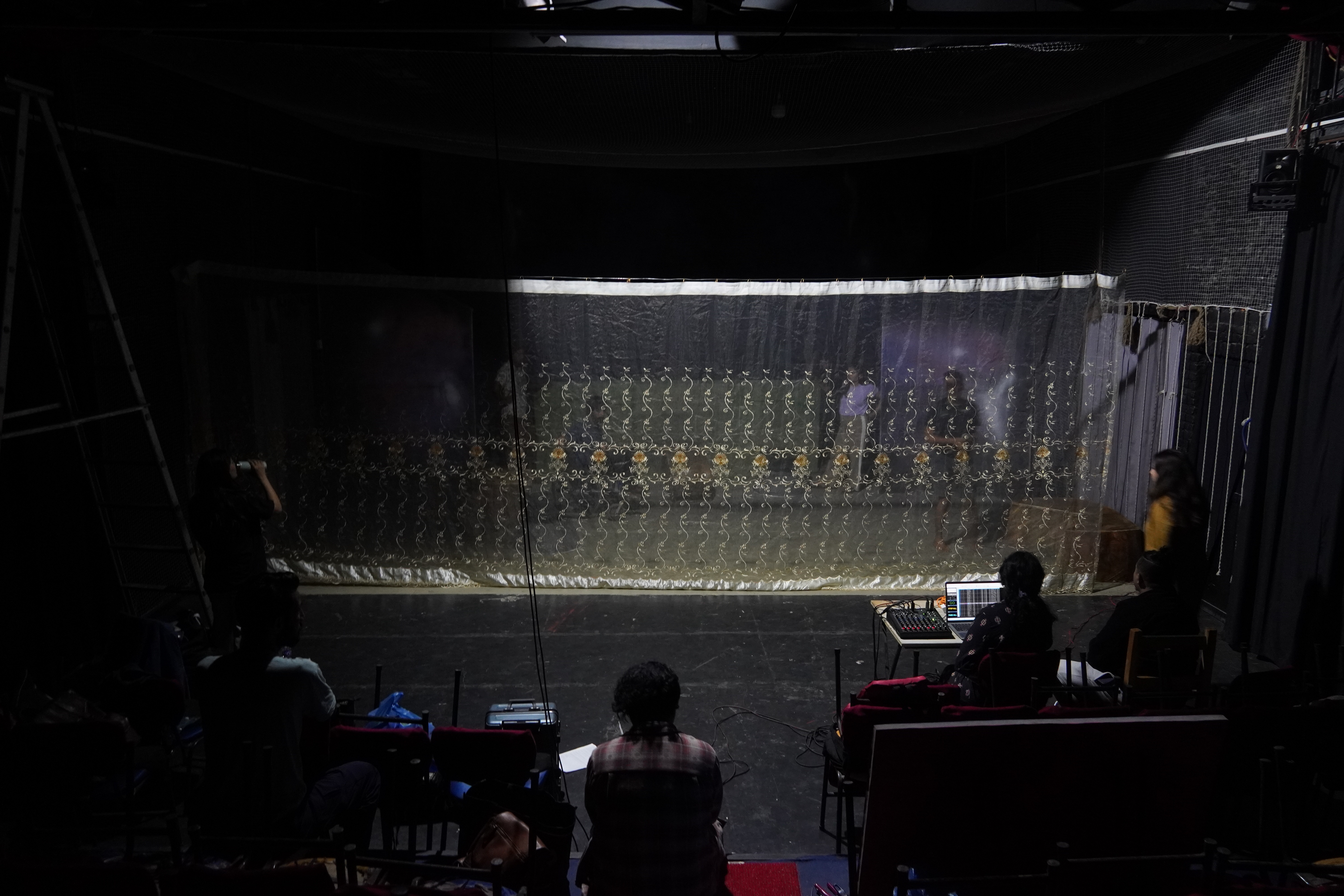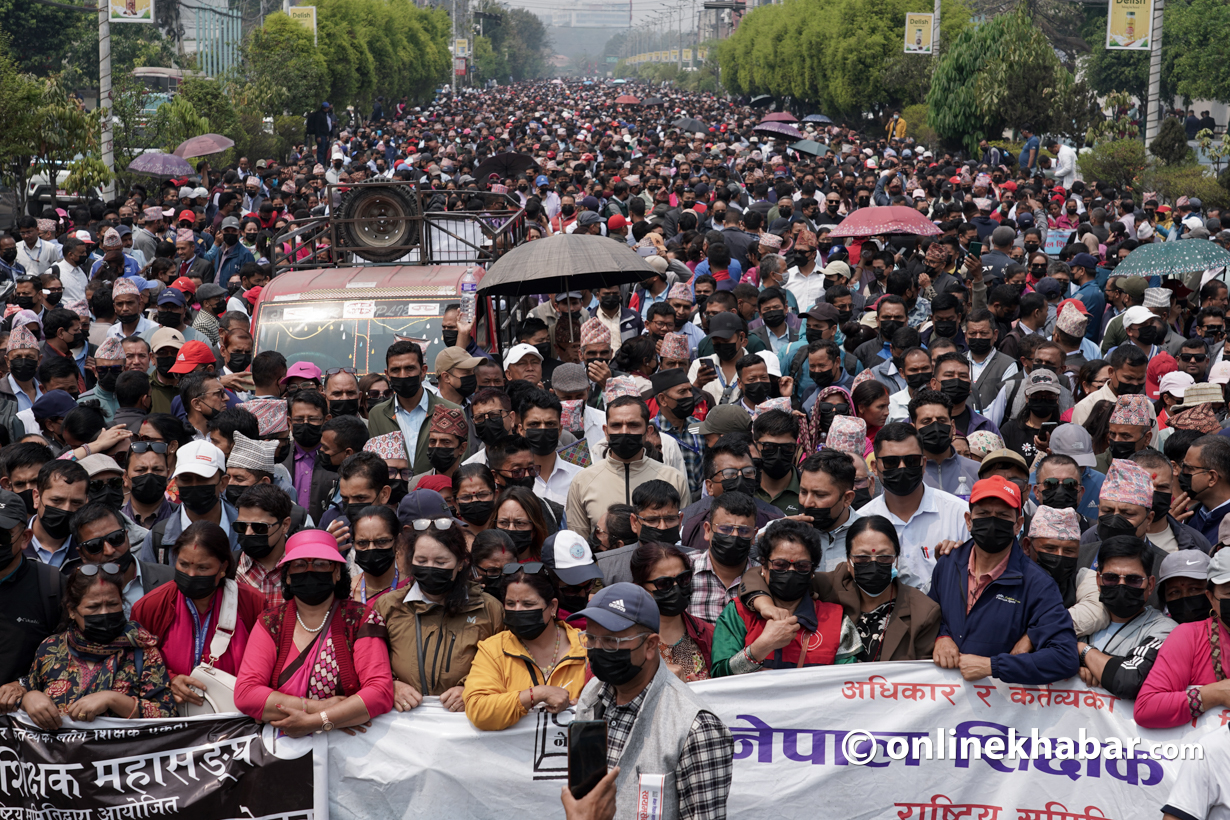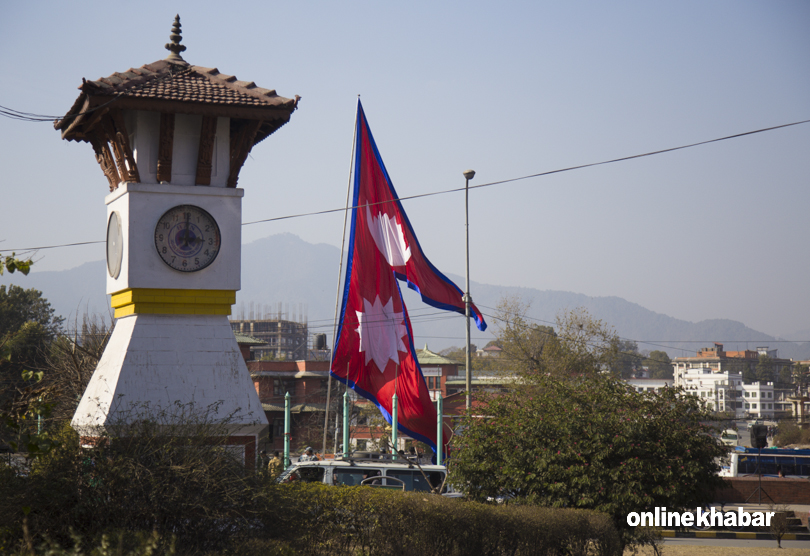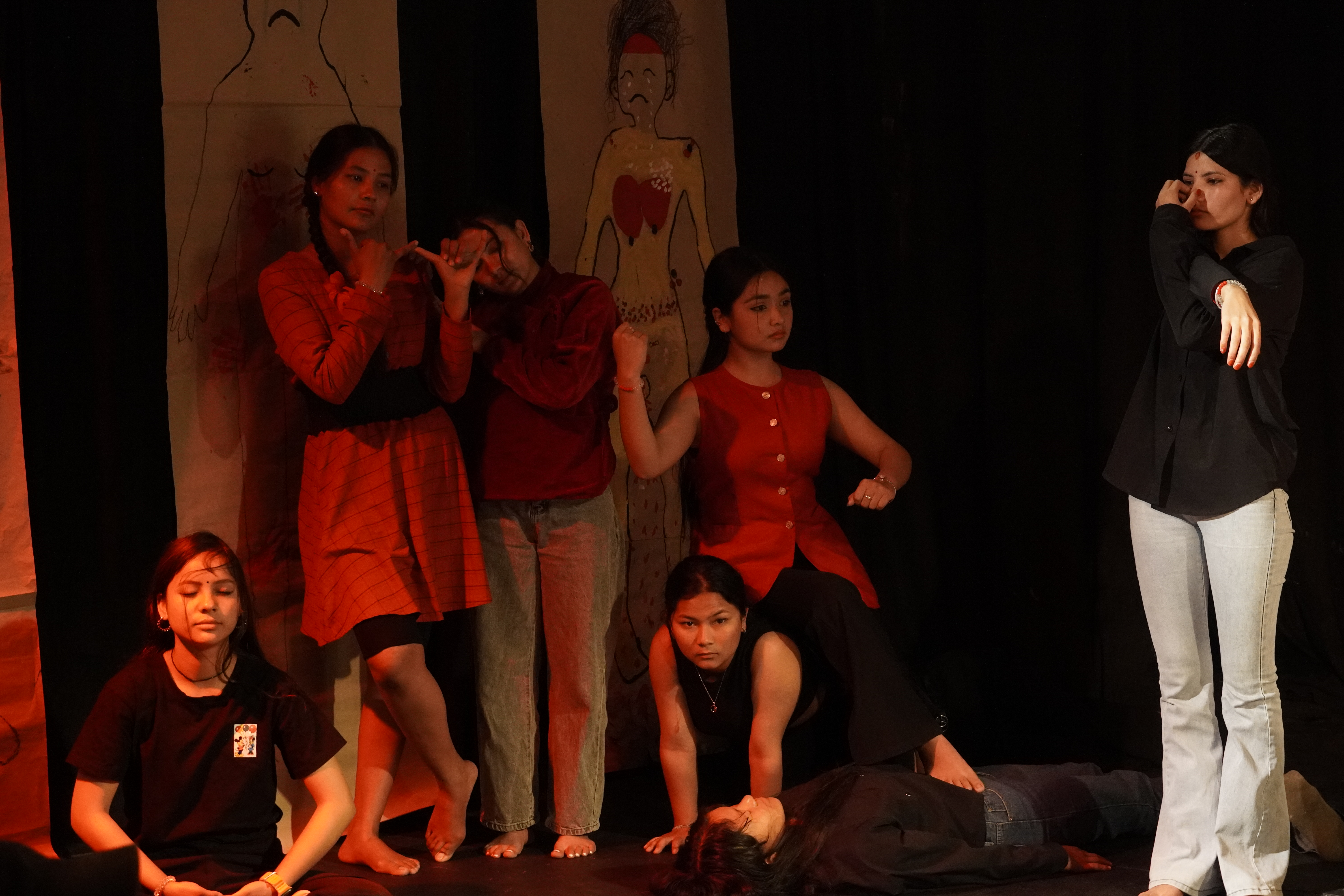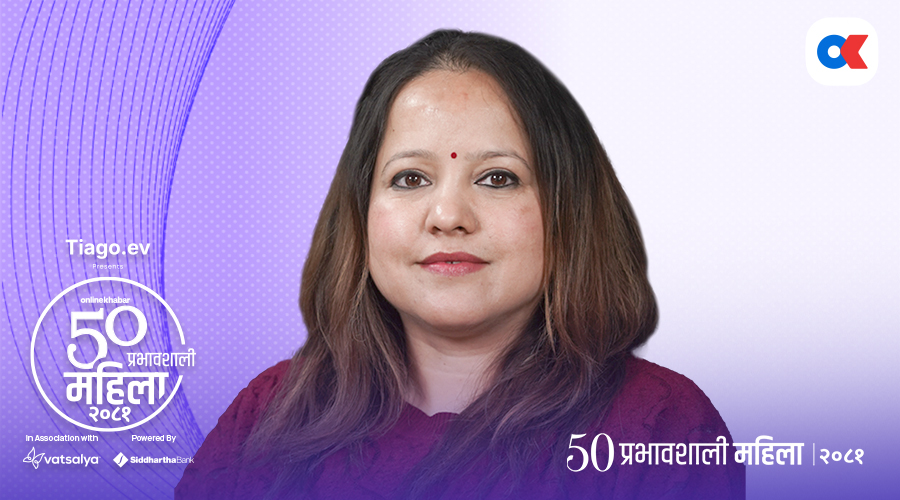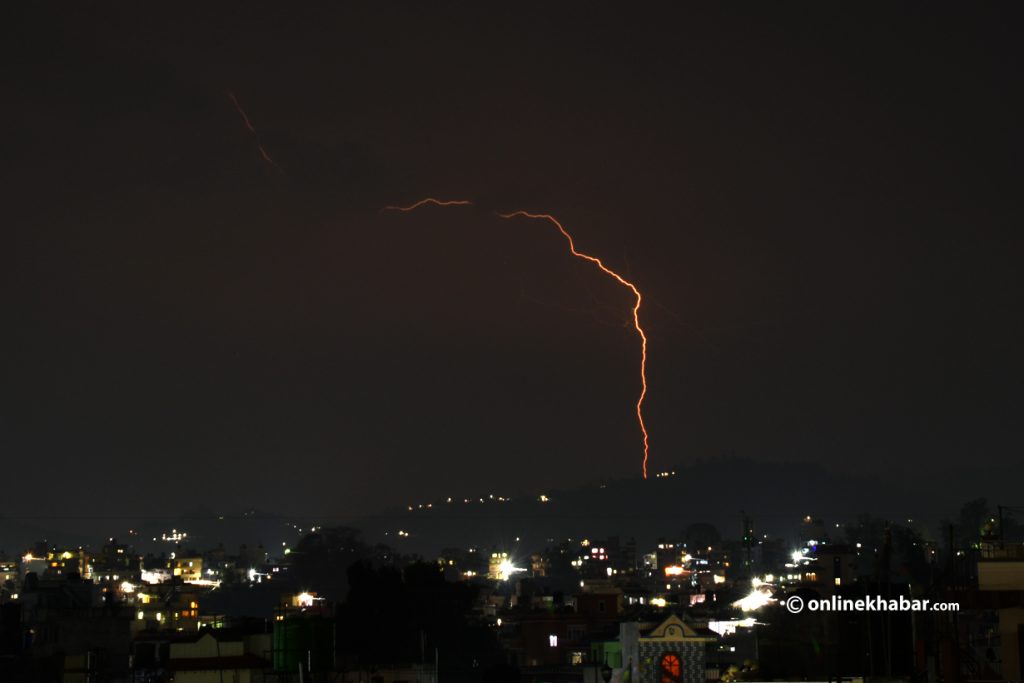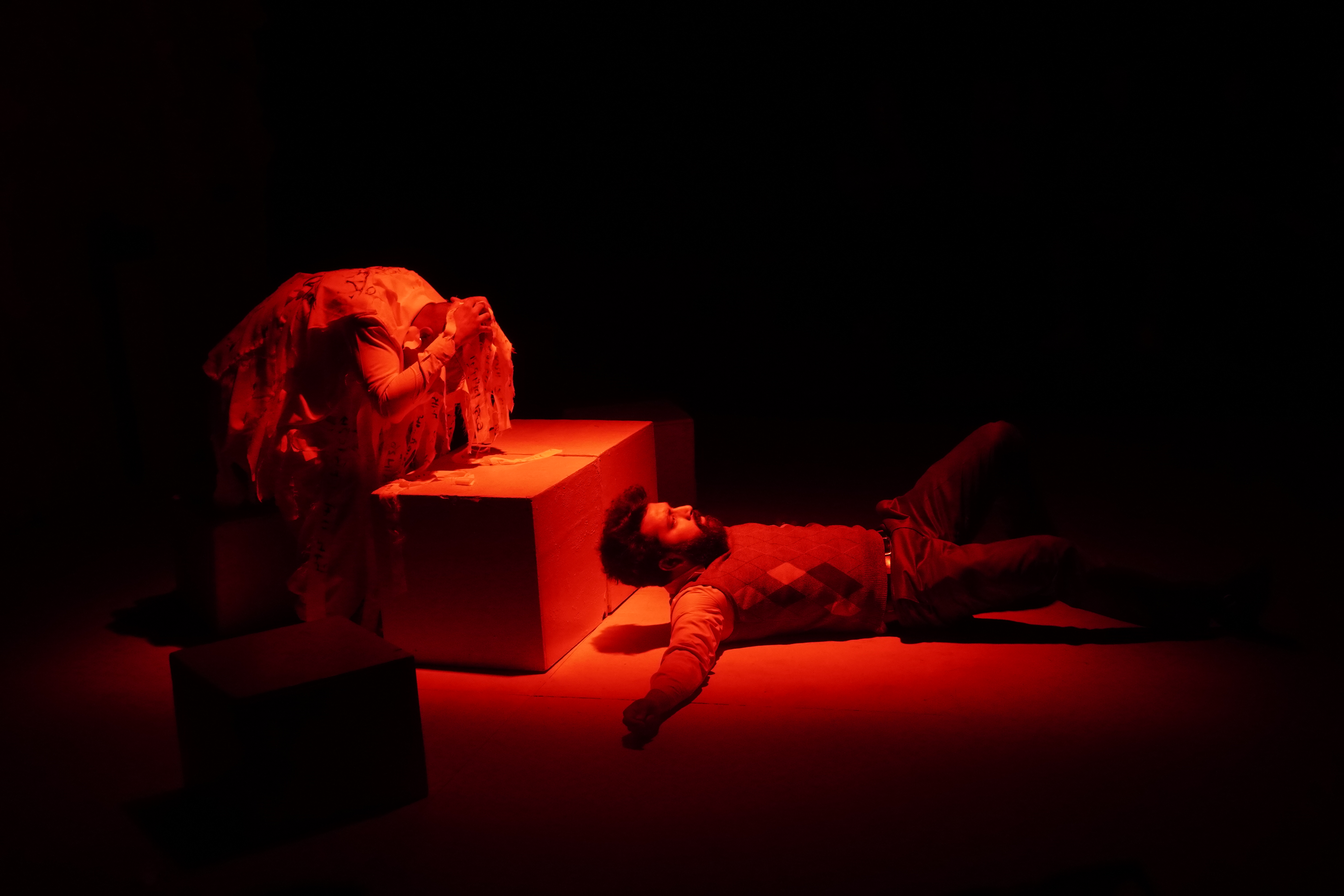
Remember Dronacharya, one of the most respected and complex characters in the epic Mahabharat. He was a legendary teacher of warfare and military arts, especially archery, and is renowned as the royal guru of both the Kauravas and Pandavas.
Dronacharya finds himself in a deep moral dilemma that ultimately compels him to take an unethical course of action. He was aware that the Kauravas were on the path of adharma (unrighteousness), yet he chose to fight for them—not because he supported their cause, but out of loyalty to the throne and perhaps a personal obligation to Duryodhana, who had granted him status and wealth. His dharma was more aligned with the Pandavas, but his professional duty tied him to the Kauravas. This internal conflict forms the core ethical tension of his life.
This duality—upholding duty while compromising dharma—is what makes Dronacharya one of the most tragically conflicted figures in the epic.
Modern era Dronacharya

While remembering the Dronacharya of the Mahabharata era, the play Aarko Euta Dronacharya, currently being staged at Mandala Theatre, introduces us to a Dronacharya of modern times.
Directed by Umesh Tamang, Aarko Euta Dronacharya is an adaptation of Ek Aur Dronacharya, written by Shanker Shes. The play revolves around the story of a teacher named Arwind, who, inspired by the legendary Dronacharya, fights against the tide of corruption in an attempt to restore honesty and character-building within the academic environment.
Despite his sincere efforts, Arwind faces strong opposition from powerful figures and corrupt forces entrenched in the system. His eventual downfall underscores the harsh reality and limitations of challenging deeply rooted corruption.
The play opens in a room where books are scattered across the floor and sheets of paper with handwritten text cover the walls. The setting immediately gives the audience the impression that the room belongs to an intellectual figure—someone who is a teacher, a researcher, or a voracious reader. The room belongs to Arvind, a teacher. At the moment, he is busy checking answer sheets. In the background, the song Hajar Sapana Haru Ko by Bhakta Raj Acharya plays softly, adding a nostalgic tone to the scene.
Arvind’s wife, Leela, enters the room and starts complaining about the rising price of vegetables, Arvind’s smoking habit, and his forgetfulness—especially about his mother’s upcoming operation. She then asks if he has completed Mishra Ji’s request, which is to pass Mishra’s son by adding two extra marks. Arvind refuses to do so. Leela urges him, reminding him that Mishra Ji has helped them financially. However, Arvind remains unconvinced, and in frustration, Leela angrily tells him to go to Vipassana.
This particular scene highlights that, beyond their primary role of teaching, teachers are often burdened with various unnecessary and ethically challenging tasks. Refusing to comply can lead to confrontations with friends and family, while giving in may result in unethical actions—ultimately causing injustice to innocent students and victims of the system.
As the play progresses, it unfolds additional conditions that further complicate Arvind’s moral dilemma—elements that can only be fully understood by watching the play.
The unfair setting

Regarding the setting of the stage, a brief description has already been provided above. Additionally, the creators of Aarko Euta Dronacharya have altered the direction of the main stage. In this play, the main stage faces the right side of the entrance. While this arrangement may increase the theatre’s occupancy, it also creates a disadvantage for the majority of spectators seated on the left and right sides of the main stage. They are forced to view the performance primarily from the actors’ right or left profiles, which diminishes their ability to fully observe the characters’ expressions. This positioning detaches the audience from the emotional depth of the performance.
Since the audience invests both their time and money to attend the show, every spectator deserves equal access to the performance.
It would be worth considering a more centrally-aligned stage setup in future productions, or at least modifying the blocking and movement of actors to ensure better visibility and engagement for the entire audience.
Arvind, more than a character

The situation of Arvind also shows the hardship that teachers in Nepal face from the students. Teaching has been a risky job at present. The teachers have to go through situations where they have to receive threats from the students and sometimes even get attacked. The case of Prem Chalaune, who was assaulted by seven students, serves as a perfect testament.
Furthermore about the characters, the makers could have done more to make them impactful, especially the one portraying the school principal. In a play with a strong storyline and intense situations, a character like the school principal—who holds a significant role and is expected to make bold decisions—feels out of place with his comical portrayal. His exaggerated behavior, such as standing on the chair, comes across as unnecessary and distracting rather than meaningful. It would be more effective if the character were portrayed with a tone of authority and seriousness, aligning with the gravity of the play’s central themes.
The use of lighting in this play is commendable—particularly the use of red light to highlight intense dialogues and dramatic scenes.
So far, the makers of Aarko Euta Dronacharya have successfully portrayed a modern form of Dronacharya. They have effectively shown what it means to be a contemporary Dronacharya. More importantly, the play serves as a reminder that even today, standing by one’s principles often comes at a cost. In that sense, Arvind is not just a character but a mirror reflecting the dilemmas of many educators and professionals in our society.
This thought-provoking production encourages the audience to reflect on the ethical boundaries we navigate every day—and perhaps, to ask ourselves: What would we do if we were in Arvind’s place?
Arko Euta Dronacharya will run through April 20 (except Mondays), at 5:15 pm at Mandala Theatre, Kathmandu. There will be an additional shows on Saturdays at 1:00 pm.






